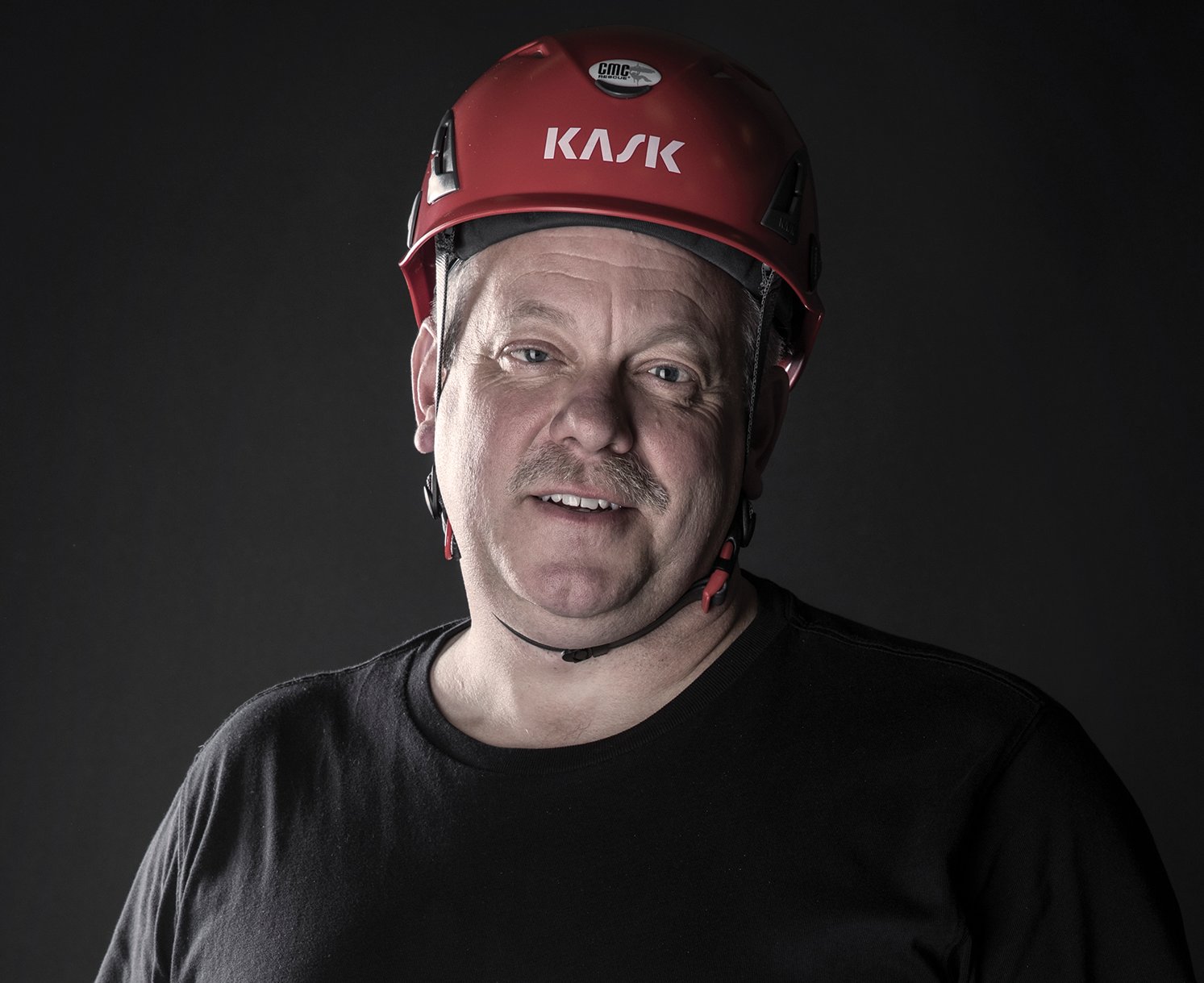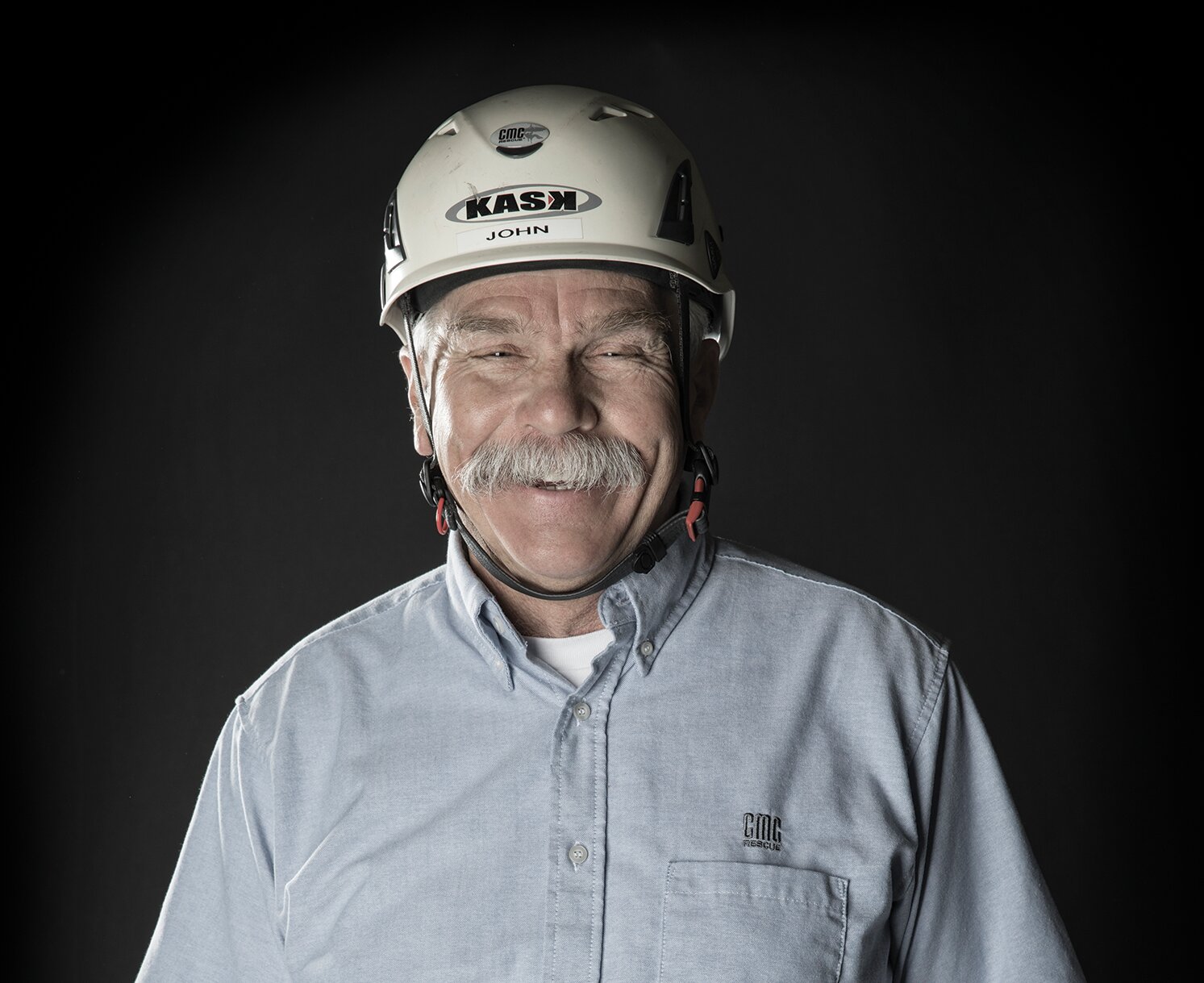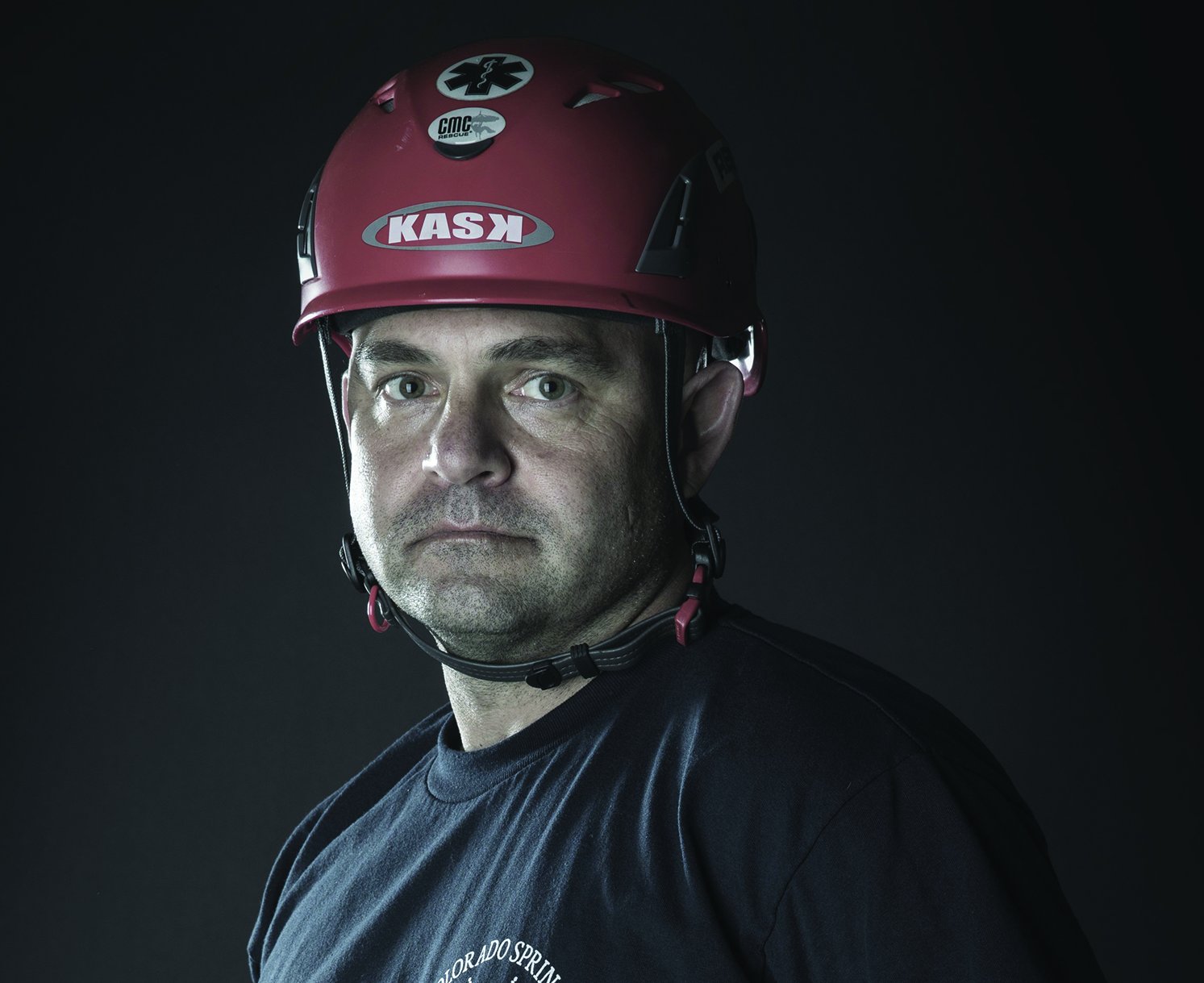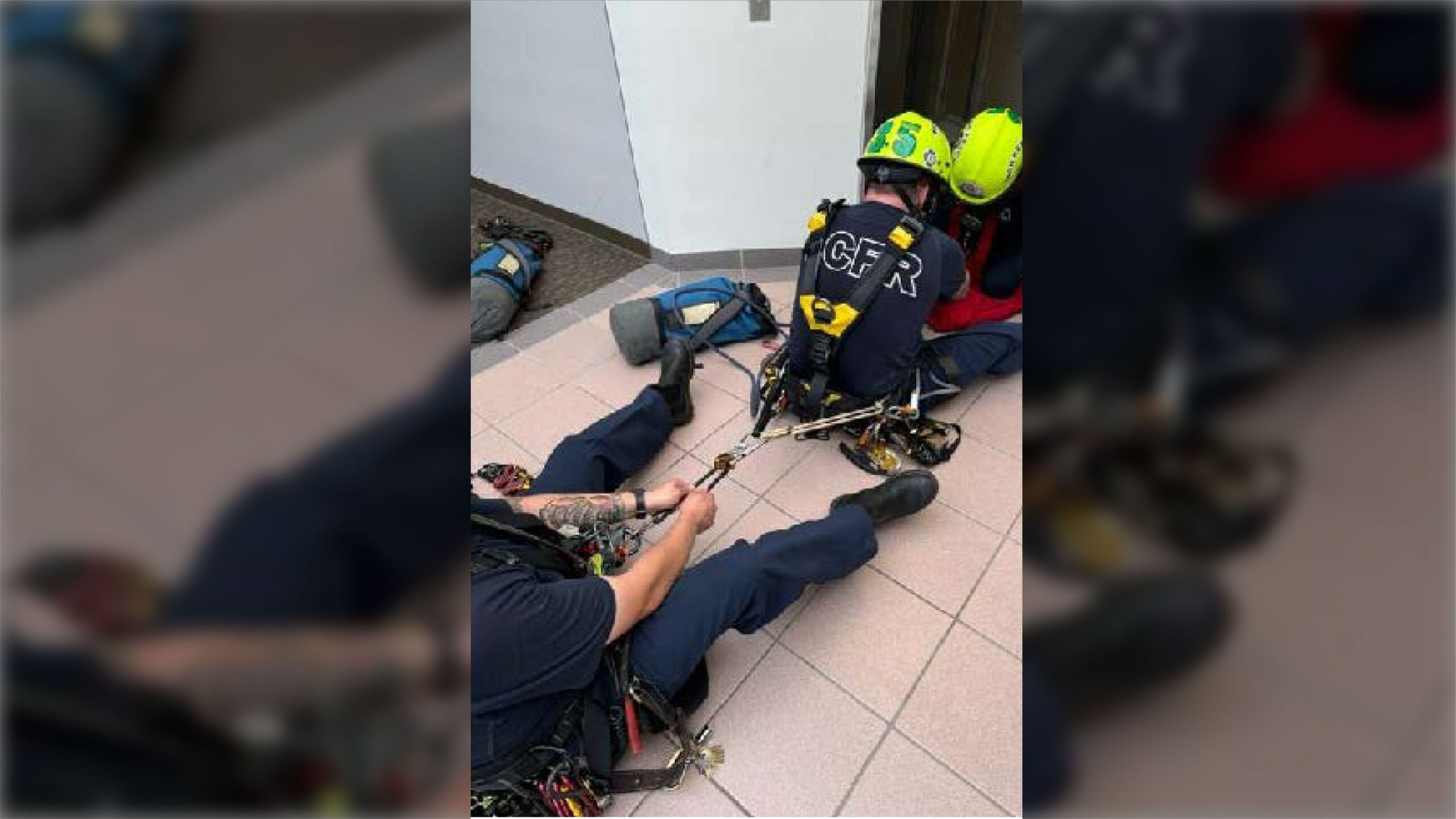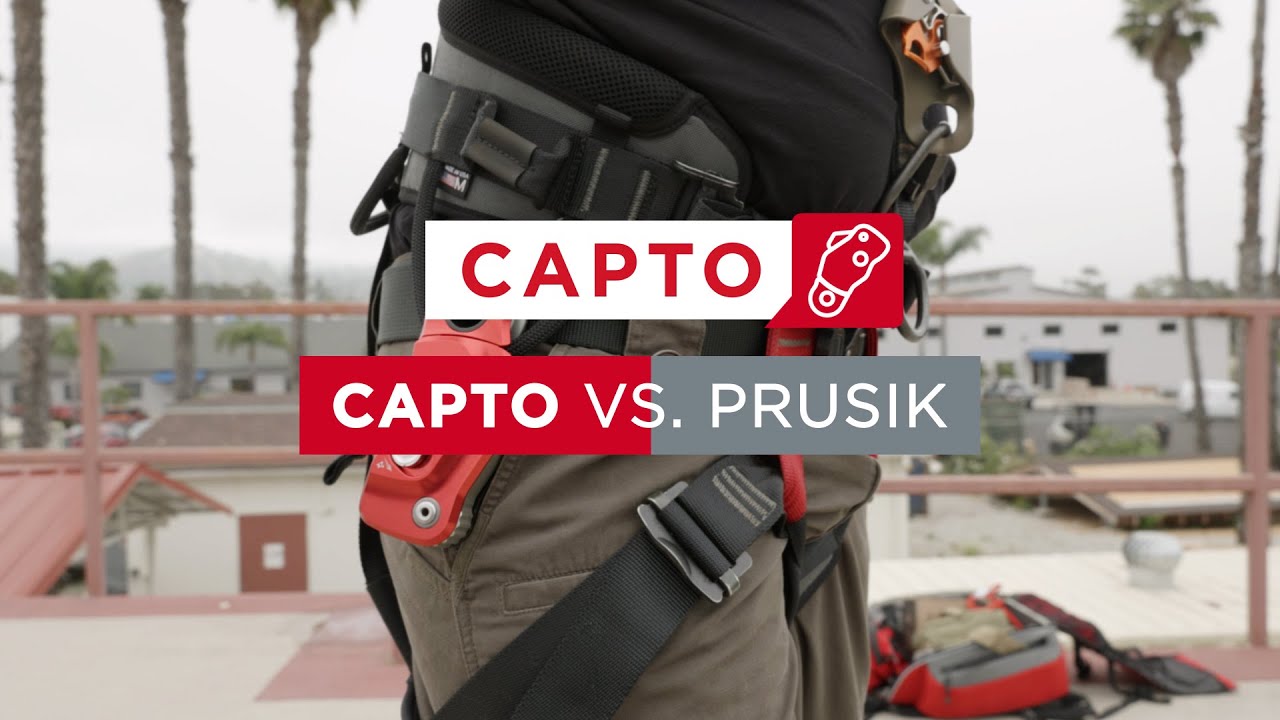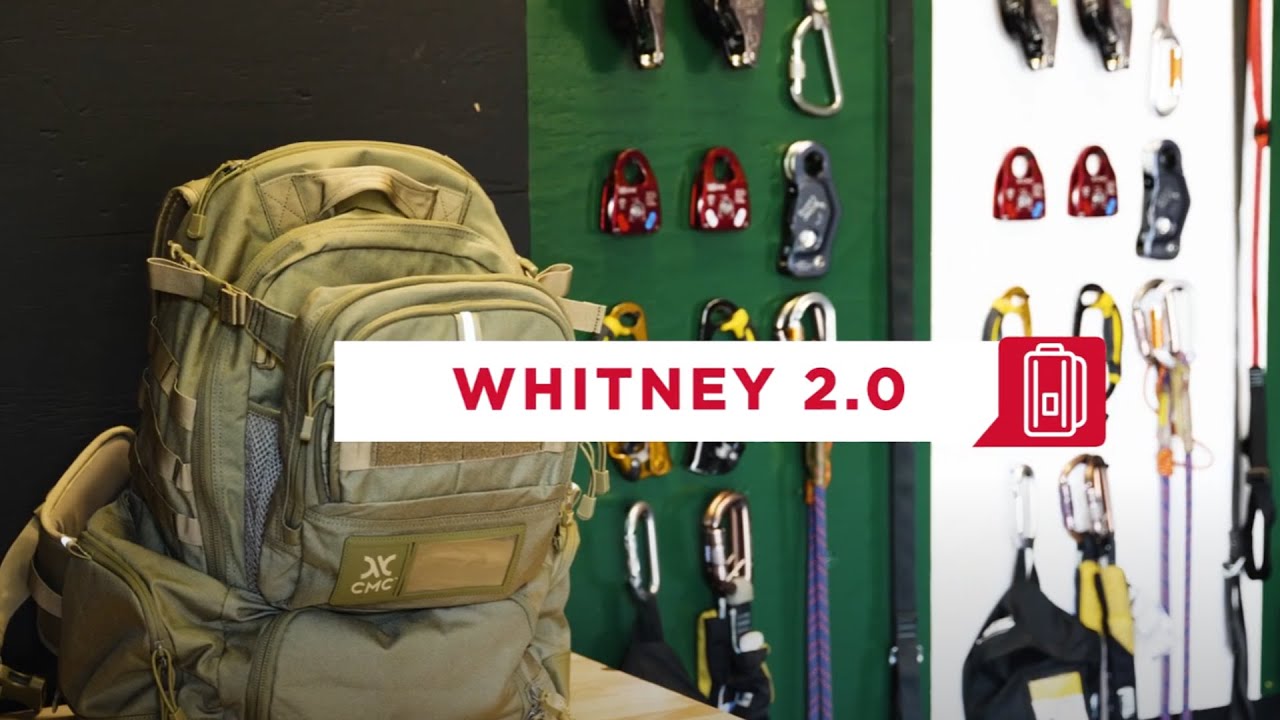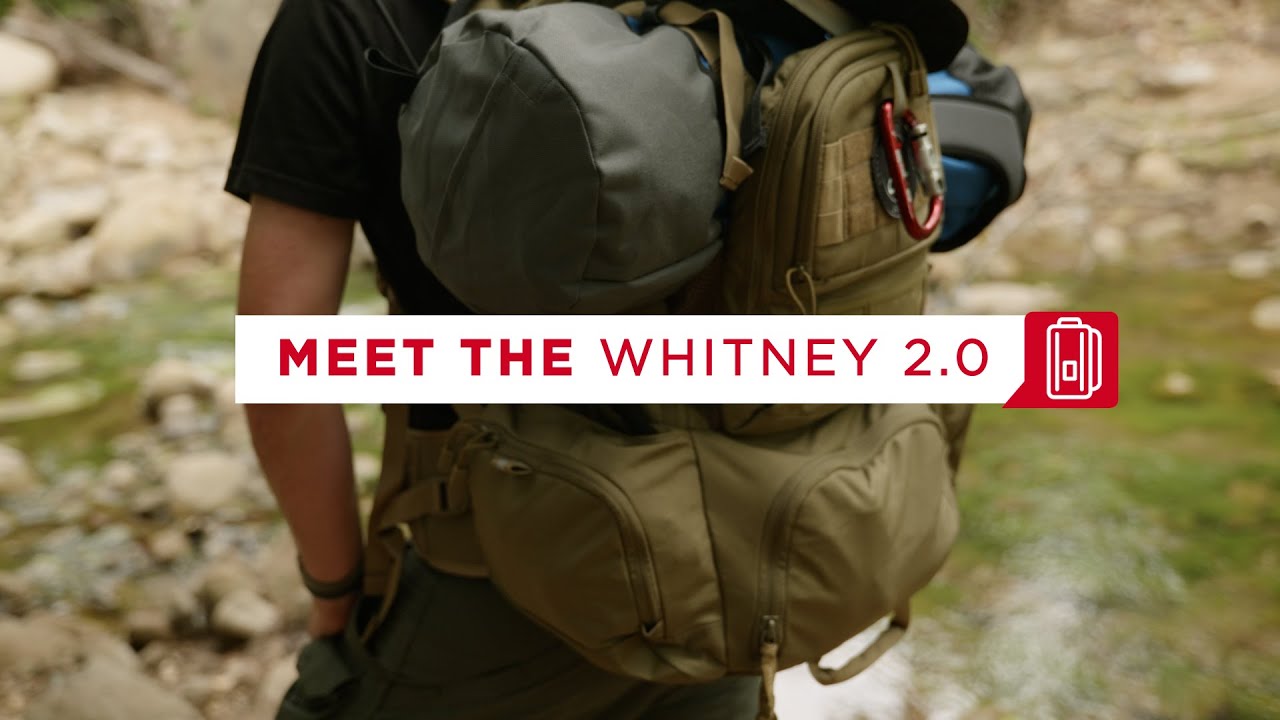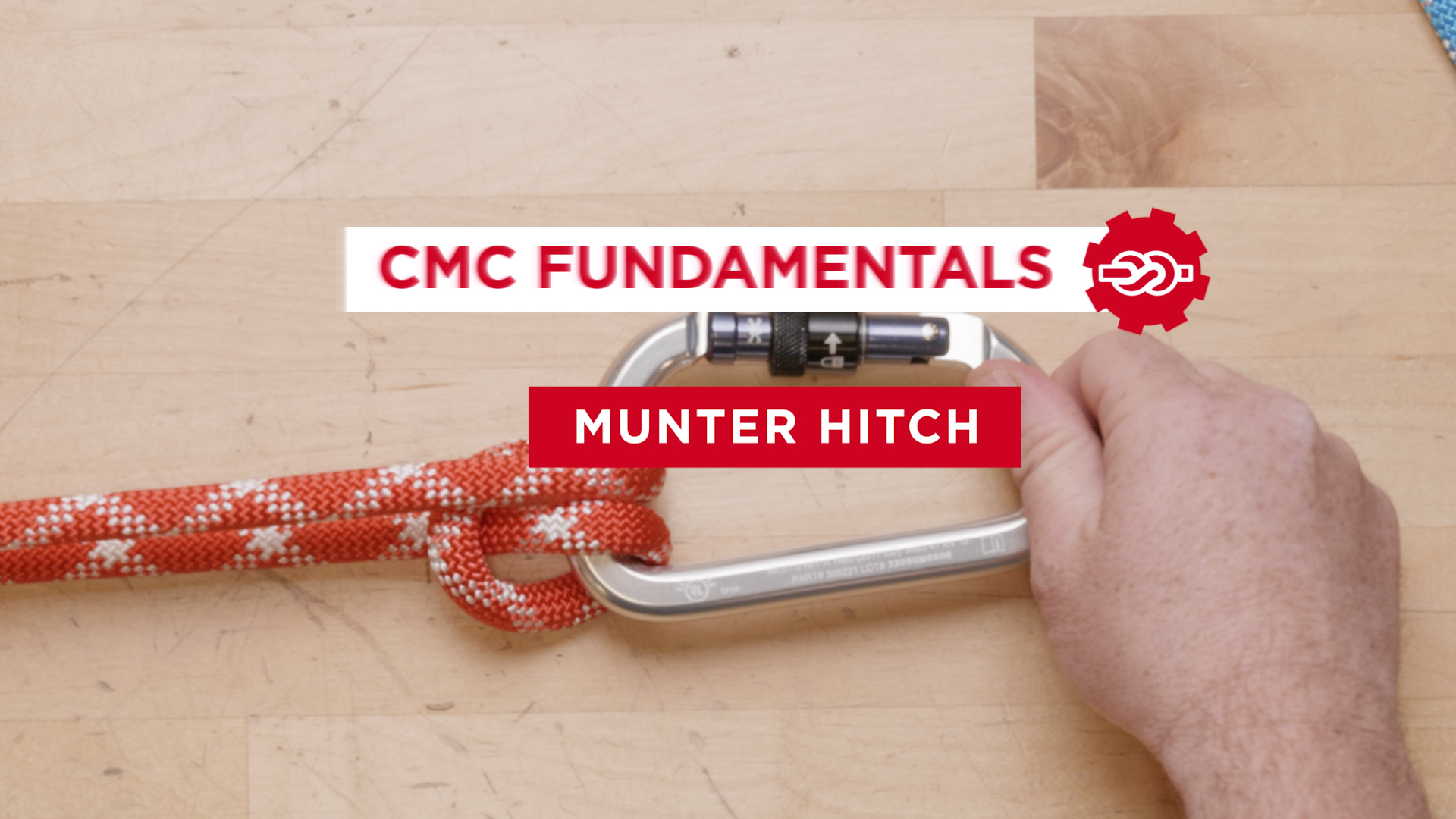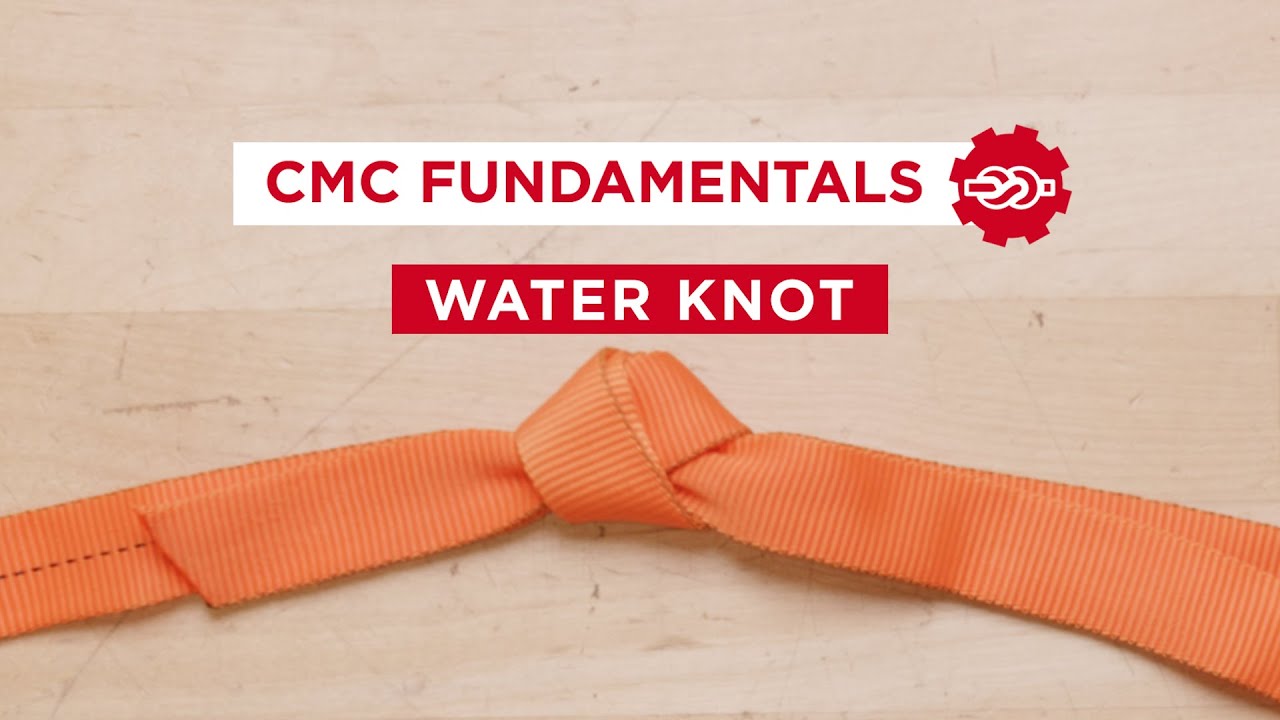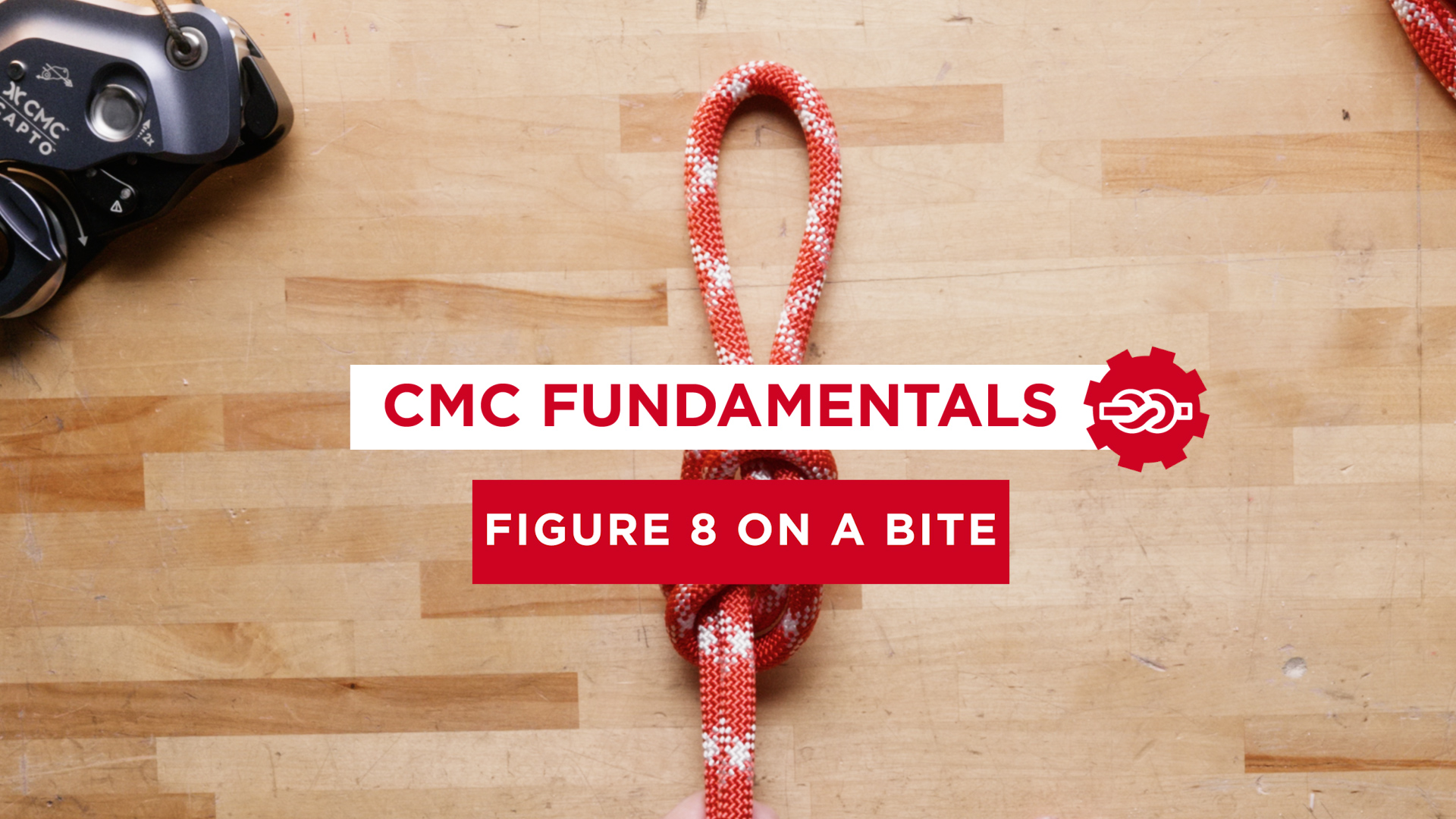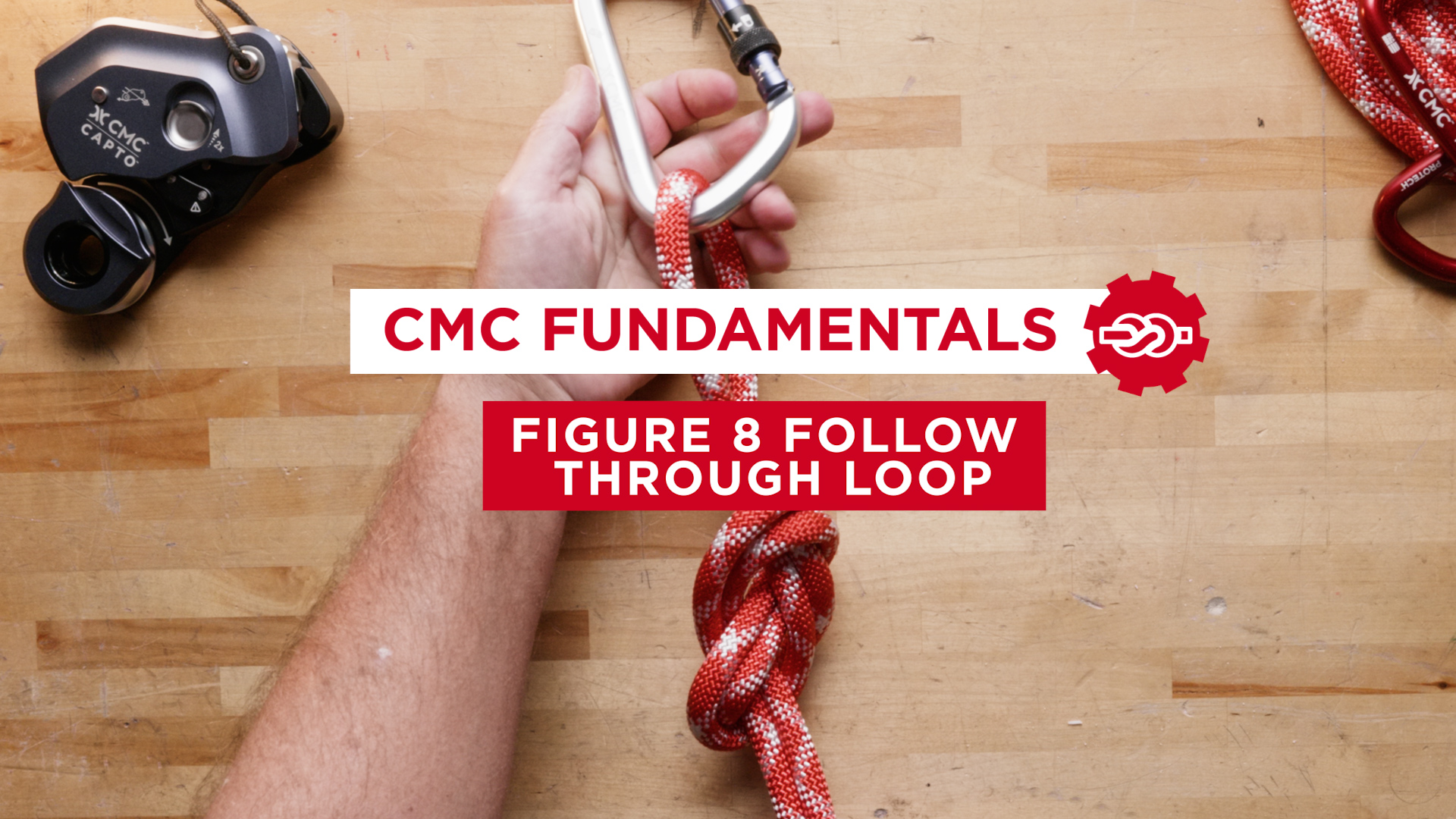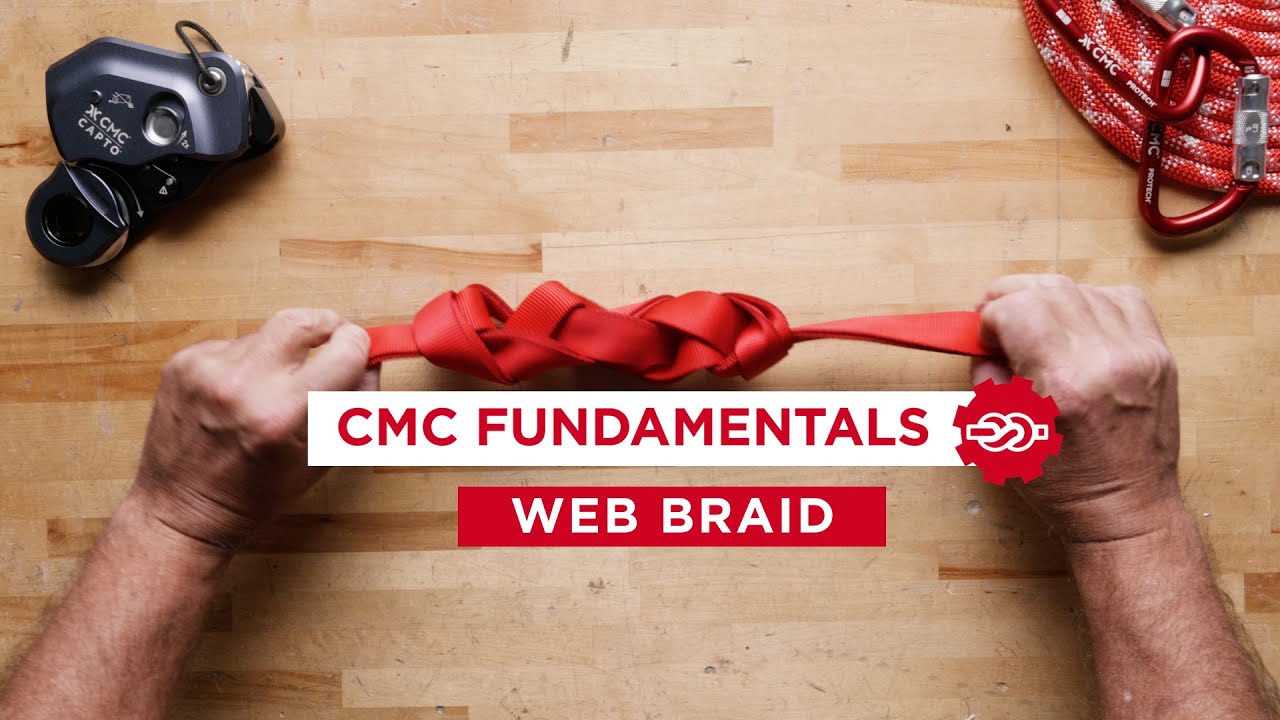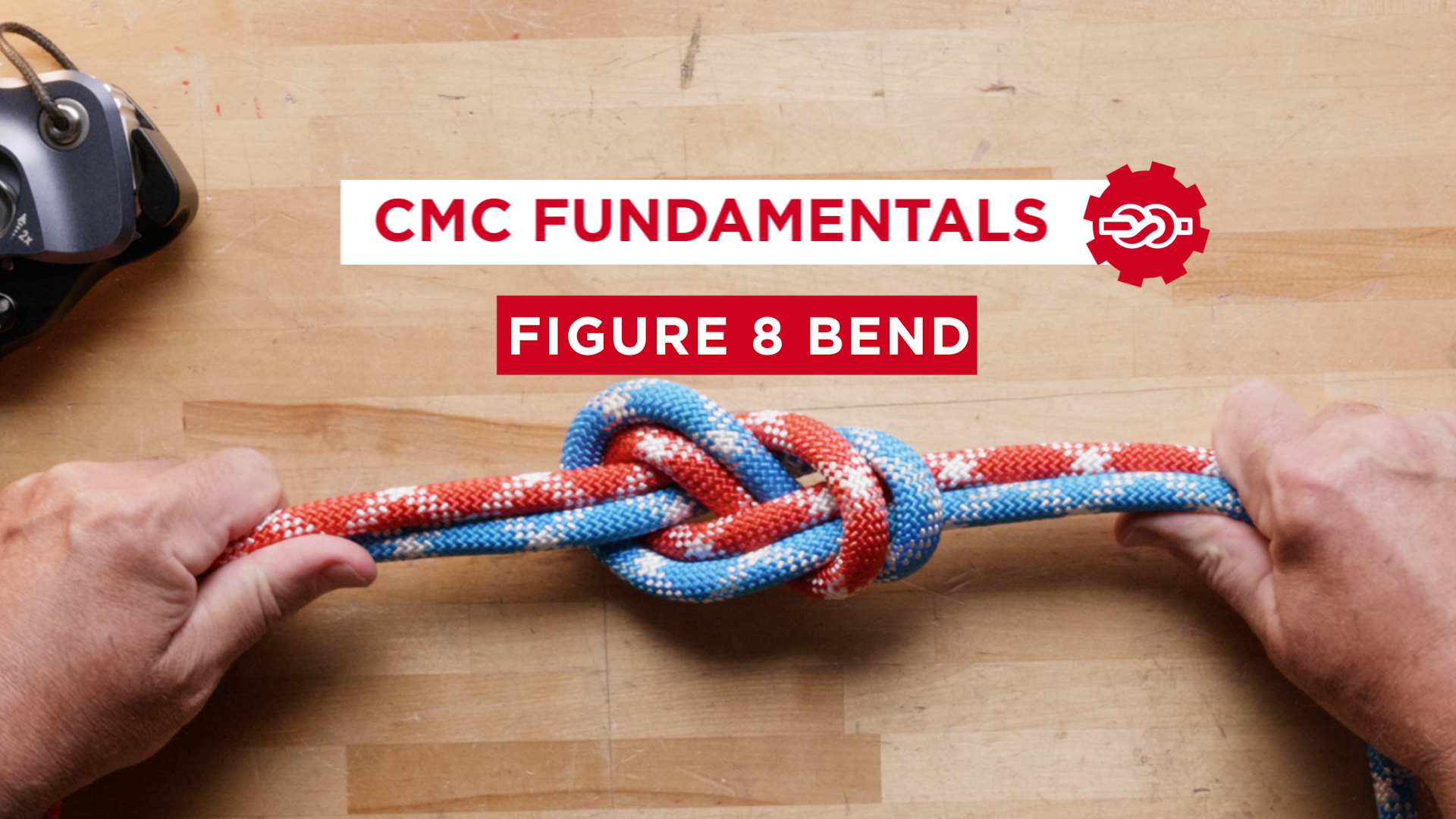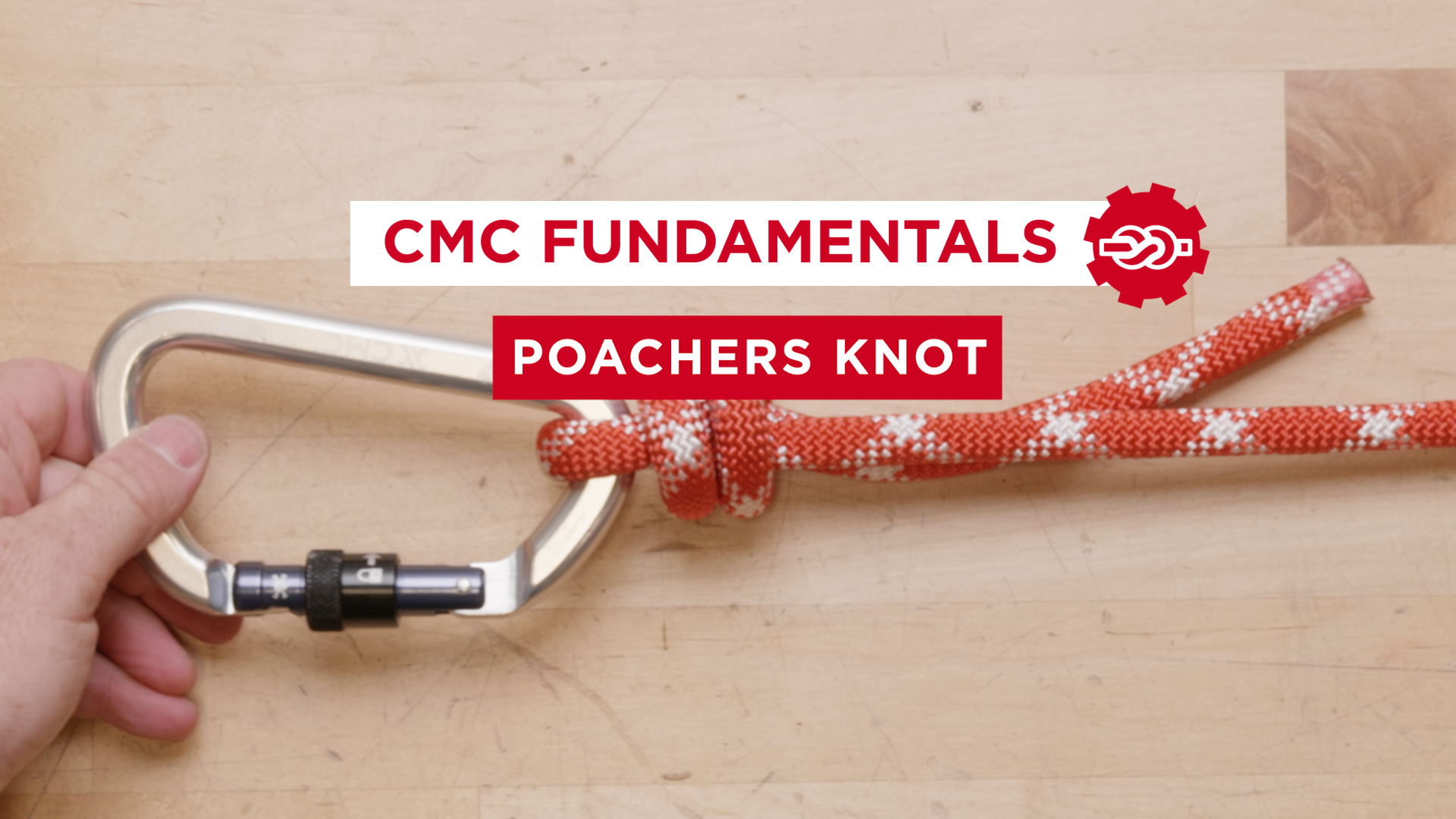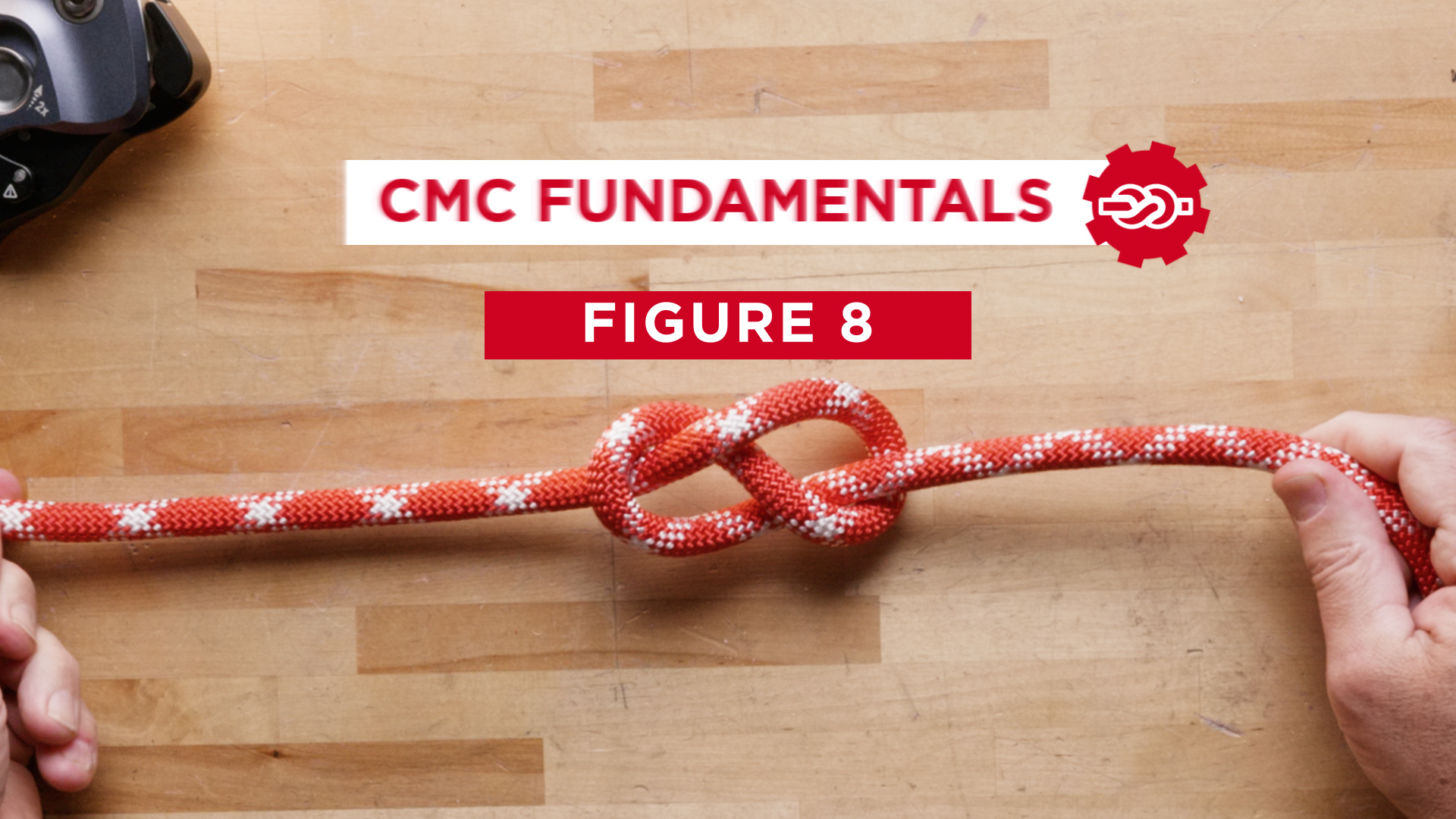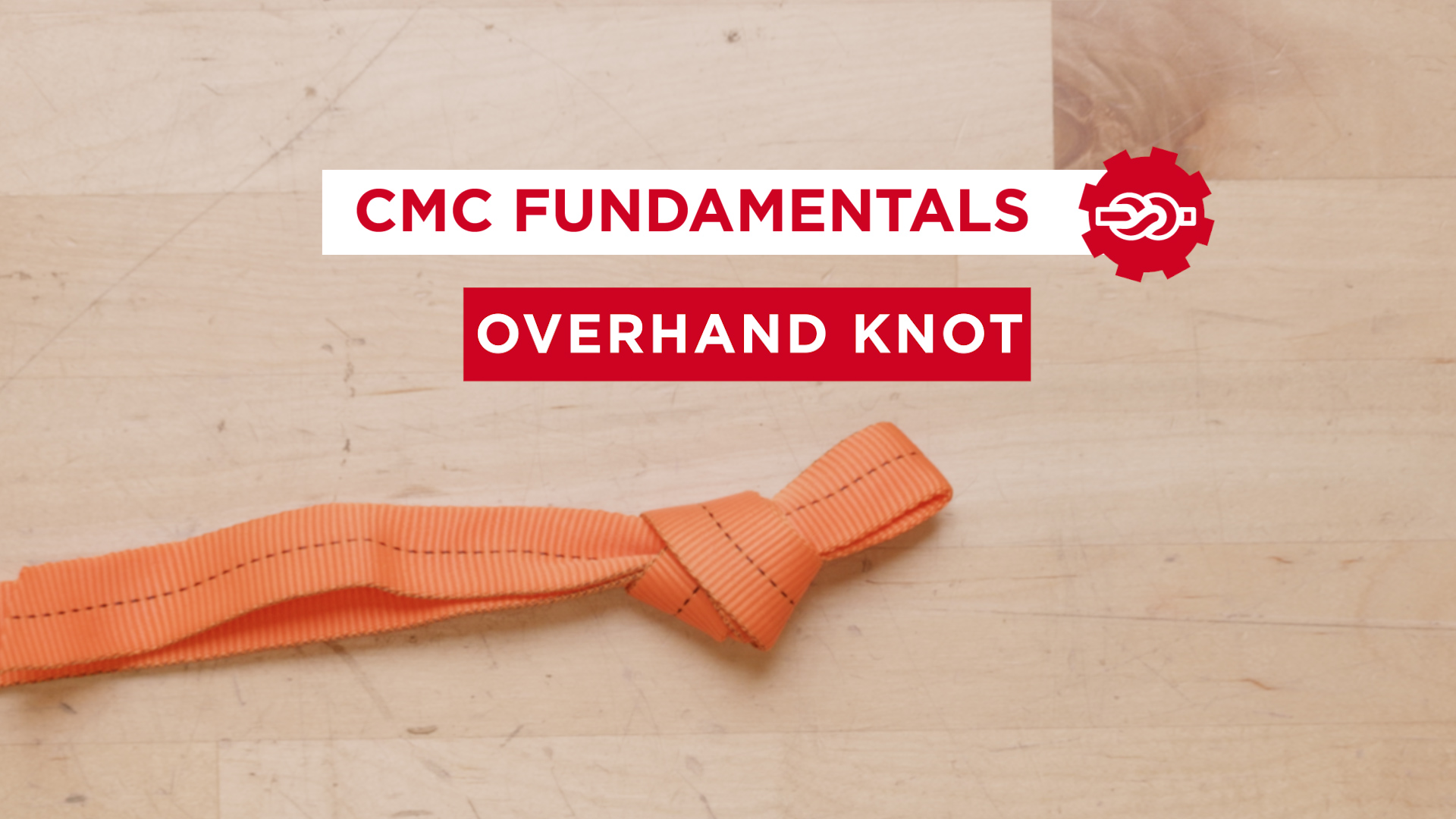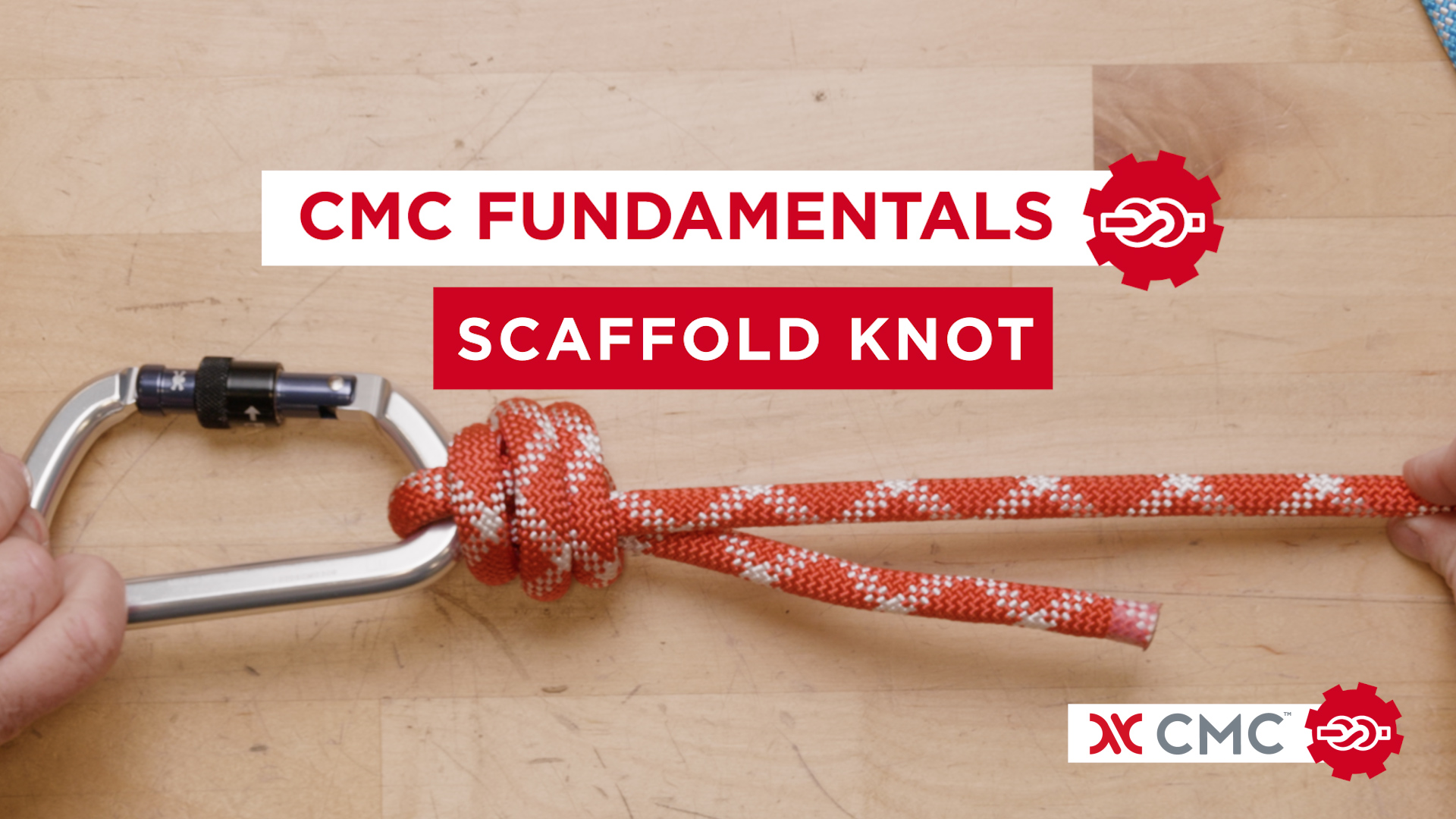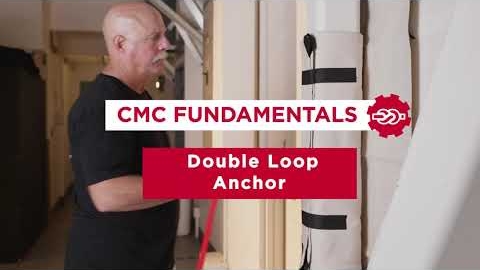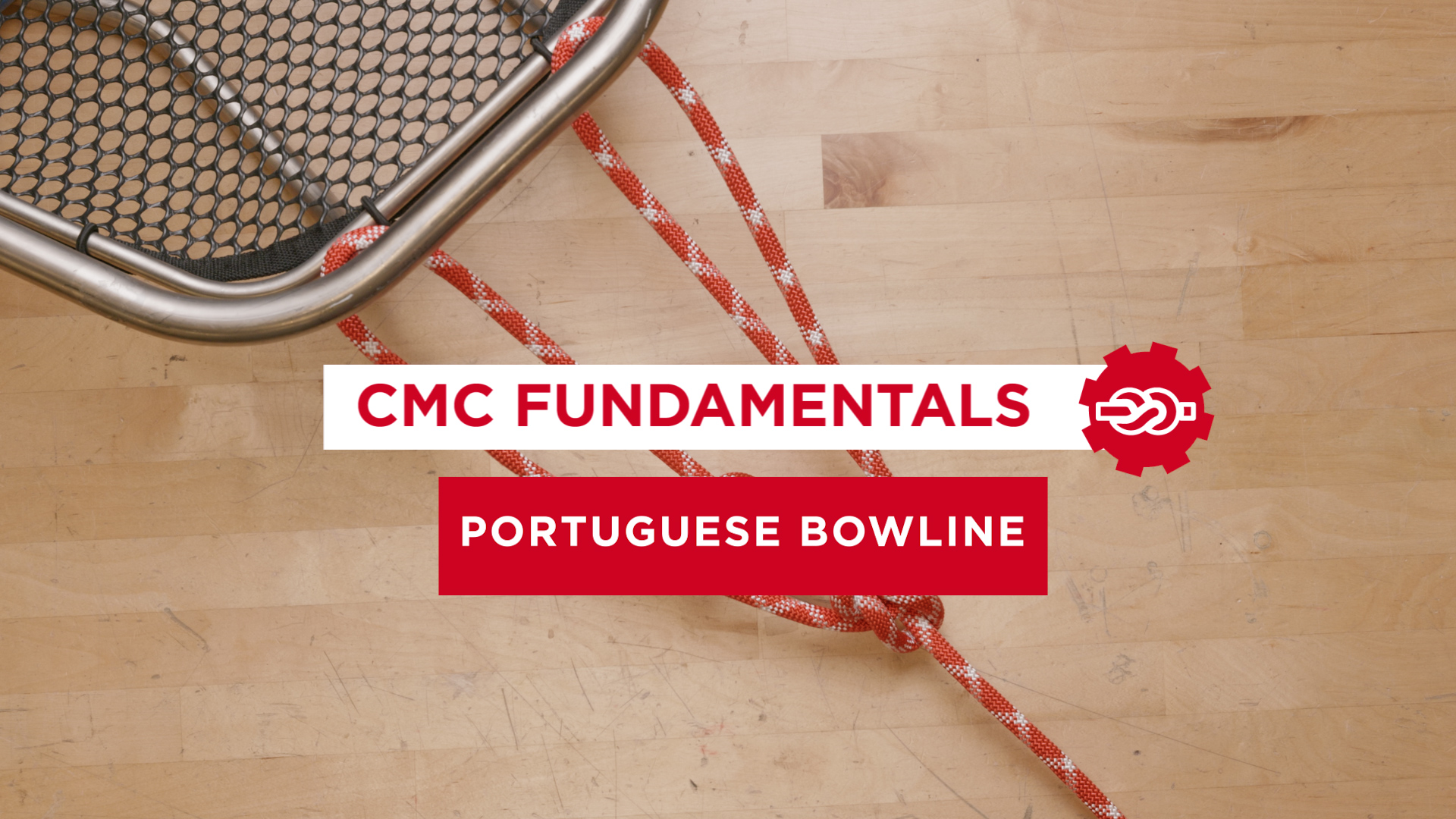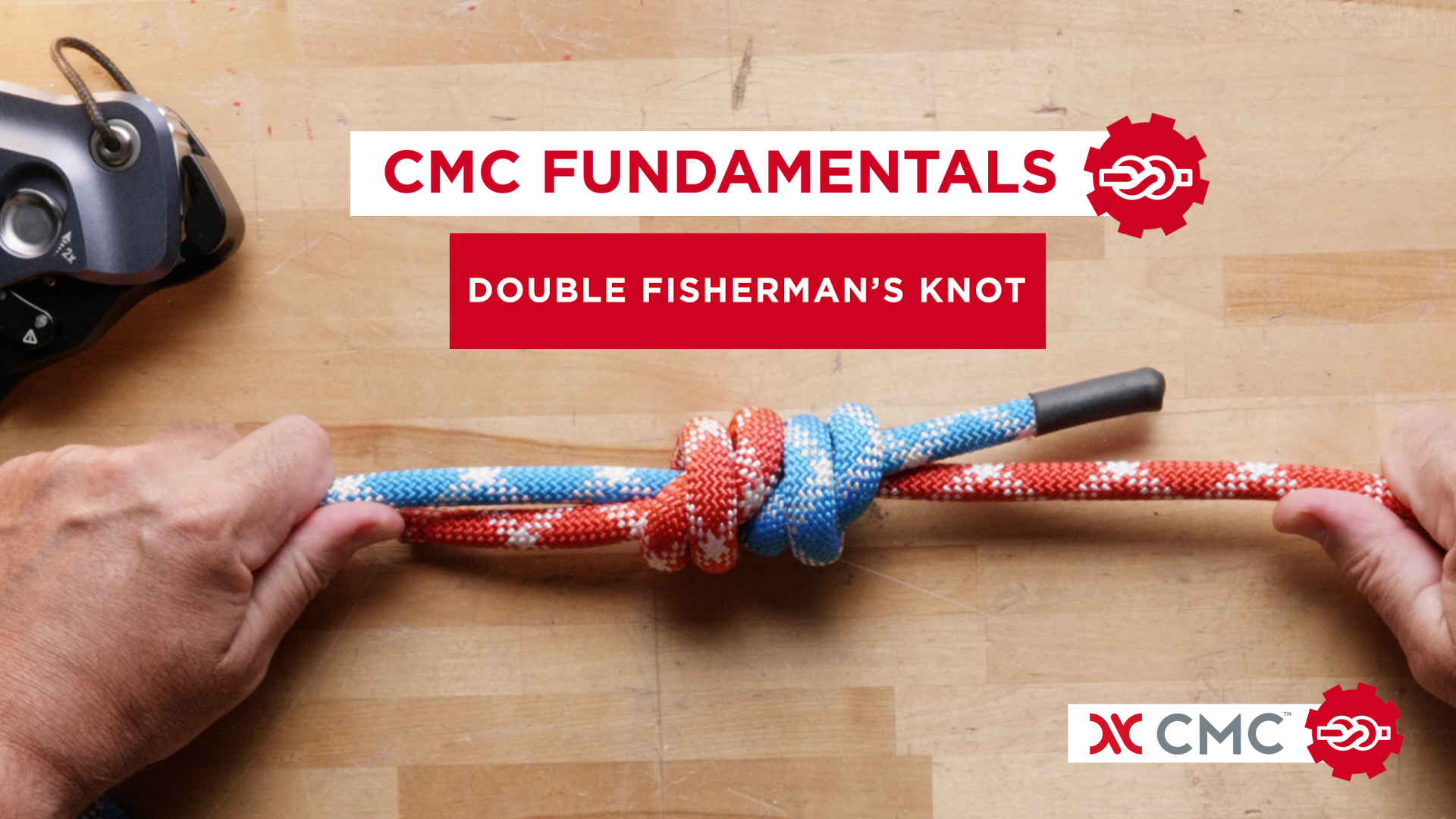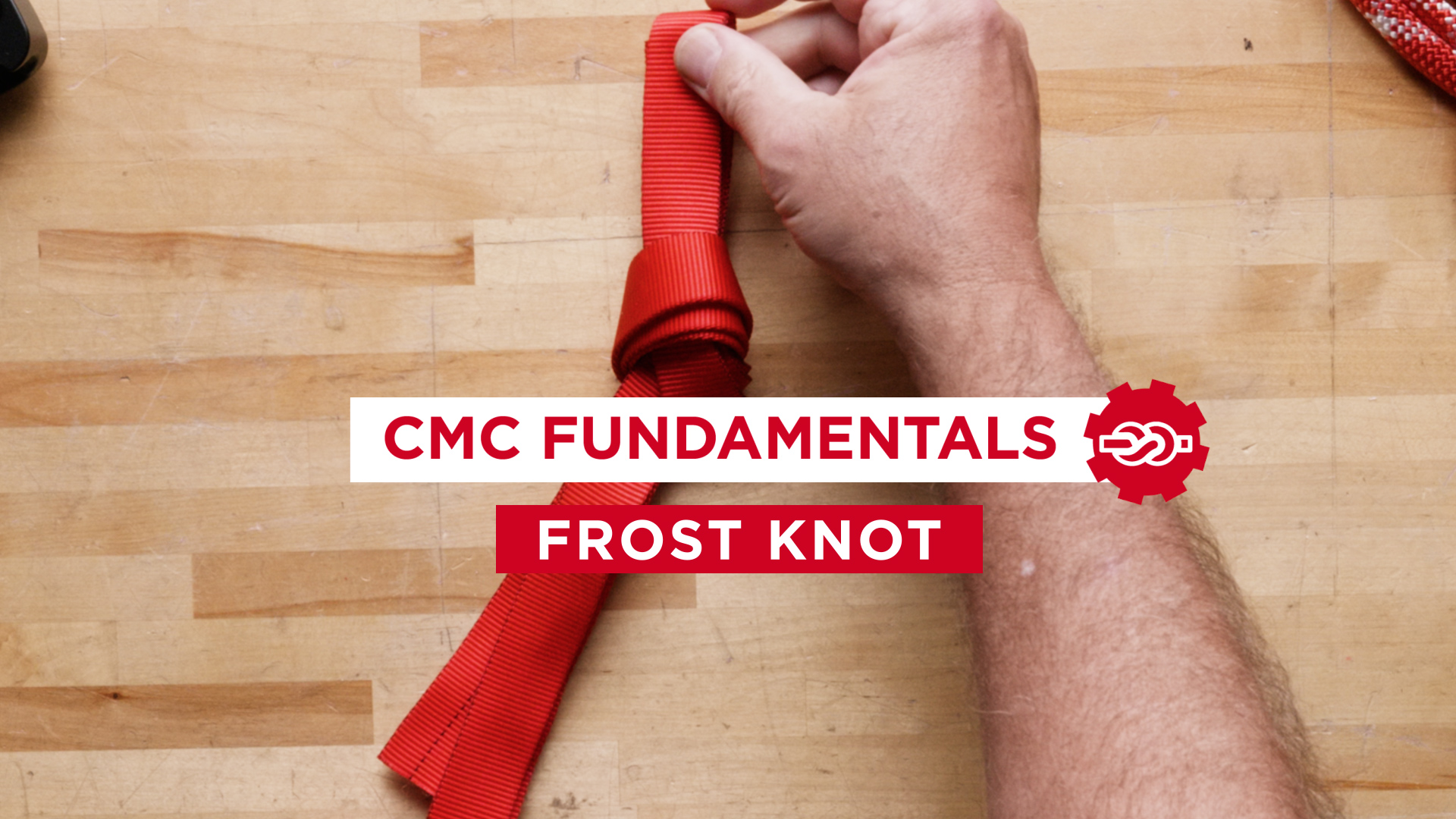
CMC Podcast 7 - Myths in Rope Rescue (Part I of III)
Contributors in this Episode
Summary:
Rope rescue myths often start from a place of truth and evolve into misinformation over time. In this episode of the CMC Podcast hosted by Doug McElmury, CMC School instructors discuss some of the common myths that are prevalent in rope rescue including carabiner gate orientation, metal on metal and rope system configurations during edge transitions.
Topics Discussed:
2:12 Myth 1: When you have a screw gate carabiner in the vertical axis you must always have it so the gate opening is at the bottom.
5:30 Myth 2: When you have two carabiners connected to the same thing the gates need to be opposite and opposed.
11:00 Myth 3: How you load webbing into an offset D carabiner.
15:18 Myth 4: No metal on metal.
21:58 Myth 5: Stay with dedicated main and dedicated belay and don’t use TTRS because of edge transitions.
39:30 If something doesn’t make sense, is ‘why’ a bad question to ask?
Links:
22:28 Mike Gibbs and Kevin Koprek – Two Tension or not to Tension: https://riggingforrescue.com/wp-content/uploads/2019/03/Two-Tension-or-Not-to-Tension.pdf
22:28 2015 ITRS Mike Gibbs – Mirrored Systems: http://itrsonline.org/wordpress/wp-content/uploads/2015/11/ITRS-2015-Gibbs-Paper-Final.pdf
Join the Conversation
We appreciate listener feedback. Please let us know if you have any questions or topics you’d like covered in future episodes of the CMC Podcast. You can also email us at podcast@cmcpro.com
Important Warning
- Many of the activities discussed in this podcast pose a very substantial risk of serious injury or death.
- Products and techniques discussed in this podcast are intended for use by specially trained professionals.
- Technical rescue, rappelling, climbing and the training involved are very hazardous activities. Each situation has its own unique conditions and must be evaluated by those present. Effective risk management comes from experience, proper training and good personal judgment.
- CMC is not liable for any damages arising from abuse or improper use of the techniques or equipment discussed in this podcast.
- Topics discussed are the ideas and opinions of each individual.
- Department protocol and regulations should always take precedent.

